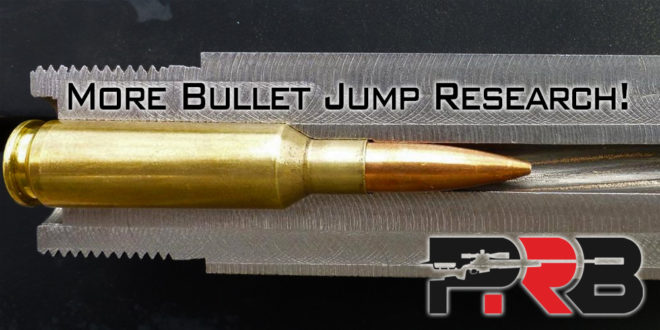Hey guys,
when you start reloading / testing a new bullet, how much do you set your bullet back from the lands?
No BR-loads, which I know, some do set the bullets right into the lands, but for "normal" rifles.
I´m starting f.e. with the
- .224ish set back around .02"
- .308ish set back around .04"
Where do you start and how close to the lands would you go?

when you start reloading / testing a new bullet, how much do you set your bullet back from the lands?
No BR-loads, which I know, some do set the bullets right into the lands, but for "normal" rifles.
I´m starting f.e. with the
- .224ish set back around .02"
- .308ish set back around .04"
Where do you start and how close to the lands would you go?


